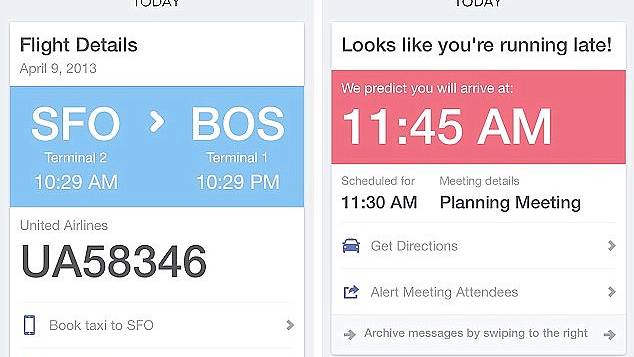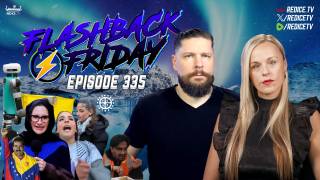’Digital twins’ will make decisions for us - and even console loved ones after we die by 2020, futurist claims
Source: dailymail.co.uk
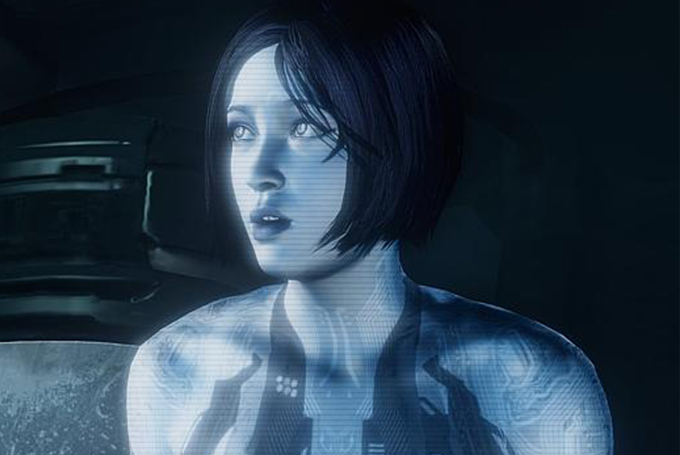
By 2020, our day-to-day lives, relationships and even what to have for dinner could be controlled and run by digital versions of ourselves.
According to futurist John Smart, within the next six years many of us could have so-called ‘digital twins’ that schedule our appointments and even have conversations with others on our behalf.
And they could one day console loved ones after we die by mimicking our voice, emotions, mannerisms and thoughts.
‘[Digital twins] will become increasingly like us and extensions of us,’ Smart said.
‘When you and I die, our kids aren’t going to go to our tombstones, they’re going to fire up our digital twins and talk to them.’
He continued there are prediction apps and software that already carry out similar tasks – such as Siri and Google Now – and these services are only going to get smarter as algorithms, interfaces and processing power increases.
The software in prediction apps is based on an algorithm that combines various snippets of information to form a prediction.
In the case of personal-assistant apps, the software scans calendar entries to work out where a user is, or should be.
It combines this with location data, taken from the phone or tablet’s GPS unit, as well as posts on social networks, email information and more. It then presents the user with the help it thinks they need.
For example, if a calendar on an Android phone contains a diary invite, Google Now will create a reminder.
It will then check to see whether the user is en route to the meeting and add directions to this reminder, or work out how long it will take them to get there based on current traffic.
Elsewhere, as users pass bus stops, prediction apps can show bus timetables, show the latest deals as they enter a supermarket, or open a digital boarding pass as they approach an airport.
Mr Smart believes that digital twins could additionally learn our likes and dislikes from emails, messages and verbal feedback, in the way that machine learning currently does.
IBM’s Watson supercomputer uses machine learning, as does ‘Eugene Goostman’ - a computer program that was able to trick users it was a teenage boy, leading to claims it had passed the Turing test.
Watson won the TV game show Jeopardy, in 2011, by answering general knowledge questions posed in natural language.
More recently it has been used as a customer call centre agent and can learn a customer’s needs.
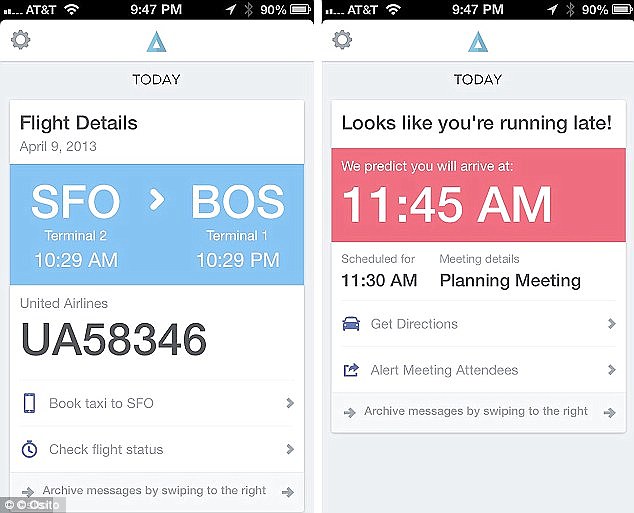
Mr Smart continued there are prediction apps and personal assistant software that already carry out similar tasks – such as Siri and Google Now (pictured) – and these services are only going to get smarter as algorithms, interfaces and processing power increases
The Turing Test was introduced by Second World War codebreaker Alan Turing in 1950 as part of his paper Computing Machinery And Intelligence in which he predicted that computers would one day be programmed to acquire abilities rivalling human intelligence.
He proposed a test called The Imitation Game, which would identify whether a computer is capable of thought.
A person, called the interrogator, engages in a text based conversation with another person and a computer - and must determine which is which.
If they are unable to do so the computer is deemed to have passed - as was the case with Eugene.
And as firms such as Google buy artificial intelligence firms, such as Deep Mind, it makes the technology more mainstream.
Google’s acquisition of DeepMind in June wasn’t the tech giant’s first foray into artificial intelligence and machine learning.
Its Hummingbird search update was created to make Google ’more human’, and searches can now understand context, like a human brain.
Google also hired futurist Ray Kurzweil as Engineering Director in 2012.
Kurzweil has famously claimed that in just over 30 years, humans will be able to upload their entire minds to computers and become digitally immortal - an event called singularity.
He also believes the biological parts of our body will be replaced with mechanical parts and this could happen as early as 2100.
The claims made by John Smart are a step towards this futurist theory of singularity becoming a reality.
Andrew Sheehy from Generator Research told MailOnline: ’We can already see evidence of machine learning and machine intelligence in existing Google products like Google Now, the search function that forms part of Google+ Photos and Google’s self-driving car project.
A string of recent acquisitions in the field of robotics and machine intelligence, along with the recent hiring of Ray Kurzweil as a director of engineering shows that Google is by no means done with machine learning: it is clear that the company is just getting started.
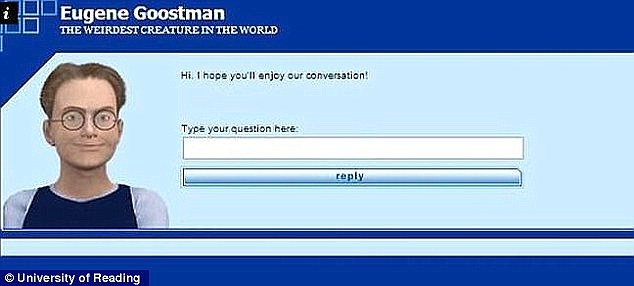
Mr Smart believes digital twins could learn our likes and dislikes from emails, messages and verbal feedback, in the way that machine learning currently does, such as ‘Eugene Goostman’ - a computer program that was able to trick users it was a teenage boy, leading to claims it had passed the Turing test (pictured)
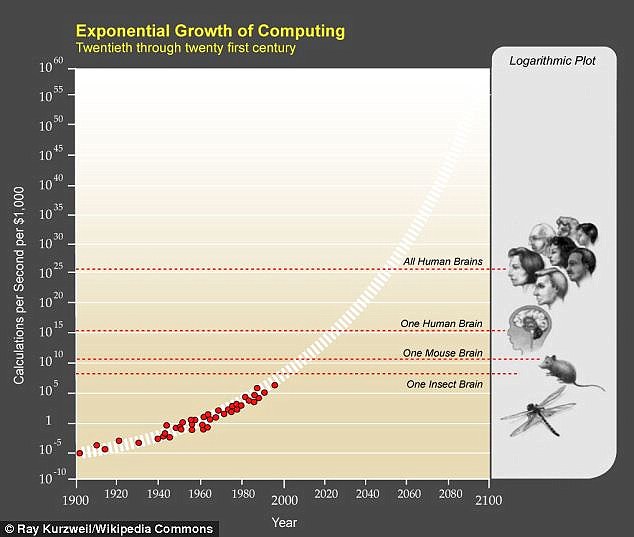
Futurists believes that in just over 30 years, humans will be able to upload their entire minds to computers and become digitally immortal - an event called singularity. This chart plots the exponential growth of computing. Ray Kurzweil, director of engineering at Google, claims singularity will become reality as soon as 2045
‘Taking into account the present scale of Google’s computer network, the size of its user base and its capital reserves, Google is well placed to take on something as ambitious as machine consciousness.’
Machine consciousness differs from machine intelligence.
There are already intelligent machines that can learn from their mistakes and fix errors, but many of these are programmed to do so.
For example, world chess Grandmaster, Gary Kasparov, was defeated by IBM’s ‘Deep Blue’ supercomputer in 1997.
‘To make wise decisions in the present, we must strive to deeply understand where we are in relation to both the known past and our probable futures,’ explained Mr Smart.
‘This will require the support of global communities, which make the disciplined development of the field of foresight their top priority.
‘In particular, one of my long-term professional goals is to find passionate financial sponsors interested in the development of more world-leading academic programs in technology foresight, acceleration studies, and evolutionary development studies.’
Source: dailymail.co.uk
